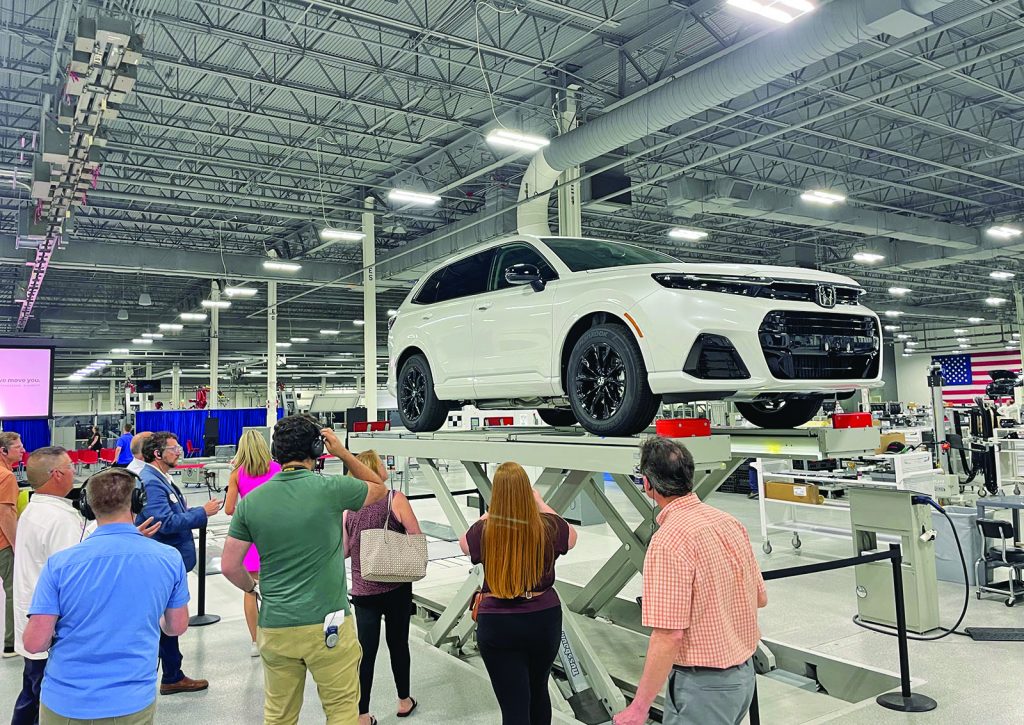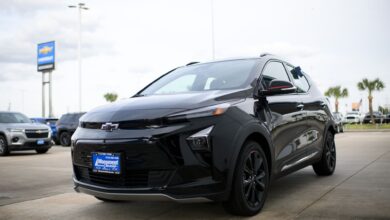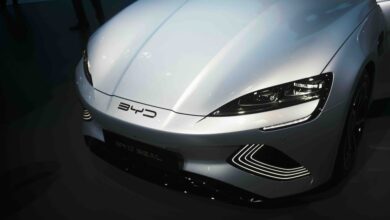Honda launches first-of-its-kind fuel cell electric vehicle – Examiner Online
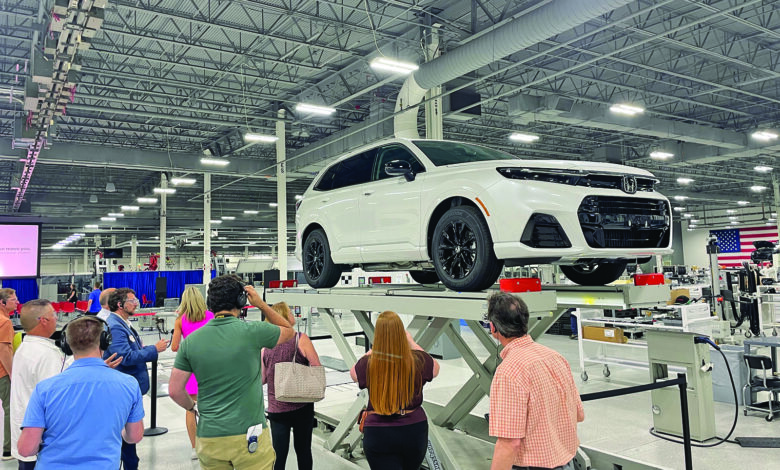
Production of 2025 Honda CR-V e:FCEV celebrated at PMC
The approximately 100 Honda associates at the local Performance Manufacturing Center at Marysville are pioneering brand new technology, which was unveiled Wednesday, June 5, with the start of production of the 2025 Honda CR-V e:FCEV fuel cell electric vehicle — the only FCEV made in America.
The CR-V e:FCEV is also the first production hydrogen FCEV in the United States to combine an all-new U.S.-made fuel cell system with plug-in EV charging capability.
The Performance Manufacturing Center, opened in 2016 to build the Acura NSX super car, is a small volume manufacturing plant that focuses on craftsmanship, including hand-built components with the technical expertise of its experienced associates.
“It’s taking that NSX spirit and knowledge, and utilizing that to create one of the most complicated vehicles that has ever even made in North America, by harnessing the power of hydrogen,” said Joe Mazzocchi, engineering project lead, a former Bellefontaine resident who will celebrate his 22nd year working at Honda this summer. He joined PMC about six years ago, previously working as a project lead with the NSX and PMC edition vehicles.
“We’ve been working almost around the clock to prepare for this launch with our team members from Japan. This complex and high-end CR-V is market ready. I know our customers will enjoy the super car fit and finish in a CR-V.”
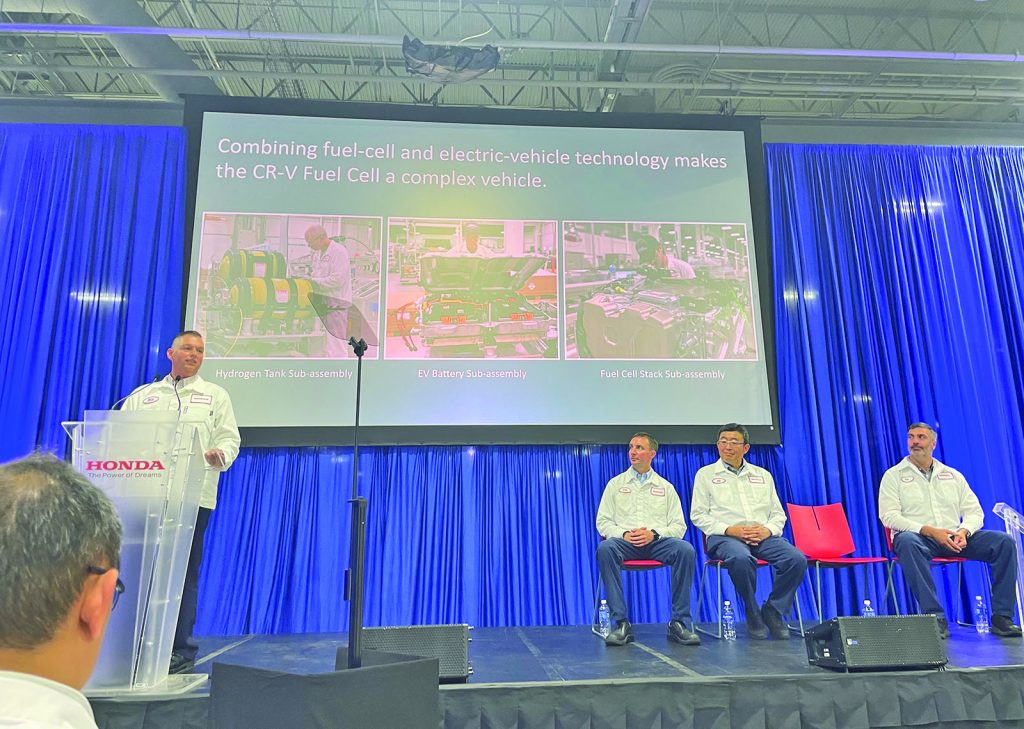
“This day almost doesn’t seem real,” agreed Bill Peck, plant project lead. “This project is one of my proudest moments.”
Kensuke Oe, Honda Development and Manufacturing of America president and CEO, thanked the associates for their dedication to make this day possible. He said the launch of this specialized CR-V is “an important step to reaching Honda’s global goal of achieving carbon neutrality for our products and operations.
“This is our first time to combine fuel cell and electric power for a whole new product. PMC is known producing amazing vehicles. Our customers are excited to see what you can do.”
Gail May, PMC Division Manager, related that the expert associates at PMC were the right fit to built this technically-diverse, cutting-edge vehicle.
“Start with the launch of the first super car in the North America, and now we’re pivoting from the NSX to produce this CR-V that has water as its only by-product,” she said in a pre-recorded video at the launch ceremony.
“Hydrogen in and water out and a fun driving experience in between. I’m very proud to be a part of this team.”
As production ramps up at the PMC of the 2025 CR-V e:FCEV, this vehicle first will only be sold in California, where there is availability of hydrogen fuel stations, Peck noted.
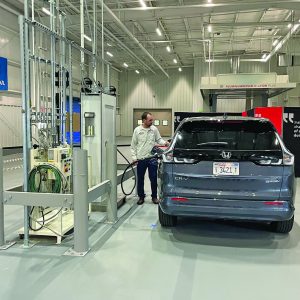
In addition at PMC, a new onsite station has been installed, which compresses hydrogen to 10,000 PSI, and is used to fill the CR-V e:FCEV hydrogen fuel tanks.
Refueling with hydrogen takes about the same time as filling a tank with gasoline, company officials noted at the ceremony. Recharging the Honda CR-V e:FCEV takes 1.8-hours using a level 2 charger and adds up to 29 miles of battery-powered range for short trips around town.
The next generation fuel cell system that powers the Honda CR-V e:FCEV is also made in the U.S. at Fuel Cell System Manufacturing LLC, in Brownstown, Mich. – the joint venture production facility established by Honda and General Motors (GM).
During tours after the launch ceremony, Peck detailed the number of ways that the PMC was retrofitted to produce the new CR-V e:FCEV, while still maintaining the integrity of the plant.
The PMC technicians took on multiple new assembly processes specific to producing a vehicle powered by both a fuel cell system and a plug-in EV battery, requiring multiple connections for the vehicle’s two power sources and also the Power Supply Connector that can provide electrical power for various external devices.
These include: sub-assembly of two hydrogen tanks in the vehicle, attaching high pressure piping and other parts and then installing the tanks in the vehicle; installation of the fuel-cell system along with connecting high pressure piping and wiring; and sub-assembly and installation of the under-floor battery
In the Weld Department, transitioning to the CR-V e:FCEV required a complete transformation, from a highly-automated welding system created for an aluminum spaceframe to a multi-material unibody construction.
Moving along to the Paint Department, the larger and heavier all-steel body of the CR-V e:FCEV also required a different corrosion protection application process than the smaller, all-aluminium Acura NSX.
The CR-V e:FCEV marks the first application in Honda North America of zirconium to a mixed metal, uni-body, and utilizes the same high-appearance paint coating as the NSX, Peck explained. The E-coat dip tank was designed for the smaller surface area of the NSX spaceframe, not a full frame vehicle like CR-V with more surface area inside. Engineers had to modify the dip tank to enable the CUV body shape to enter at a 38-degree angle, steeper than the 15-degree angle for NSX.
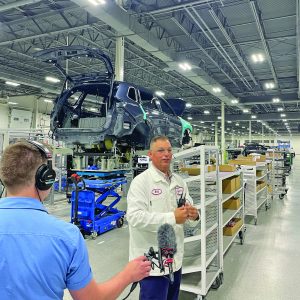
Following E-coating, but prior to application of the final paint finish, sealer is applied to prevent water leaks. The CR-V body is mounted on a rotisserie, but unlike the previous equipment arm used to turn the lighter NSX spaceframe, a more robust arm that can maintain stability of the heavier CR-V steel frame is used to turn the frame on its side. This enables associates to manually apply sealer similar to the application for the NSX.
Production of the FCEV at the PMC also is laying the groundwork for production of battery-electric vehicles at the Honda EV Hub in Ohio from the standpoint of software for the Integrated Power Unit (IPU), company officials noted.
The Honda CR-V is America’s best-selling CUV of the past quarter century, and the CR-V e:FCEV builds on that foundation to deliver top class cabin space, cargo capacity and power.
Honda engineers optimized CR-V e:FCEV’s steering and suspension tuning to deliver a sporty driving experience and class-leading refinement as turbo and hybrid-powered CR-V models. The driver also can customize the driving experience of the CR-V e:FCEV with selectable drive modes, including EV modes to maximize efficiency and a Sport mode to prioritize acceleration and responsiveness.
